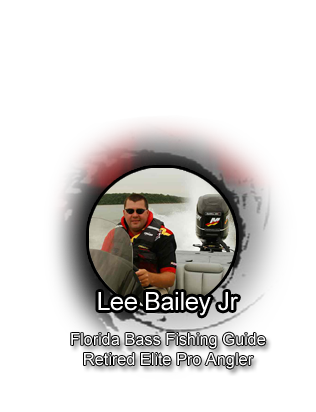How to Fish Grubs for Bass

Grubs Underrated Fishing Lure are tiny lures that can catch big fish, especially big smallmouth bass. Experienced anglers are finding they work just as well on largemouths. They are especially well suited to highland reservoirs lacking extensive cover.
Grubs are essentially jig heads with a soft-plastic body added to the hook. They are best suited for clear water situations. They are most often used as a deep-water lure but can be fished effectively in shallow water as well.
| Drop it: | Fish the grub on a semi-slack line in deep, clear water. Hop it back to the boat. Always check the feel of the bait for anything different before the next hop. |
| Swim it: | Cast the grub, let it sink to the bottom, and immediately begin a slow, steady retrieve back to the boat. A twist-tail grub works well here. |
| Dart it: | Fan-cast the grub on a long point or flat. Let the lure sink a few feet, then jerk the rod tip to cause the lure to dart rapidly. Repeat the action all the way back to the boat. |
For me Grubs Underrated Fishing Lure is my choice.
Tips:
- Slow Go: From winter to the prespawn fish the grub slow and near the bottom on a scrounger or jighead.
- Chatter Pattern: Generally speaking, a grub’s shad profile fits well as a Chatterbait trailer. A killer combination around shallow grass, this technique produces big results in the prespawn.
- Dropshot: Single-tail grub baits like YUM’s Warning Shot with its blade-like tail offer a strategic finesse option. Small body baits fit the general baitfish look, while a little back end action closes the sale. Small grubs with ribbon tails can be swam and pendulumed through suspended bass as well.
- Swim Head: Throw this tail on a small swimbait head in the fall. Try to mimic the smaller baitfish that bass often target during the fall.
Where to fish:
When using an exposed hook you are basically fishing it like you would a swimbait. Cast out, let it sink down a few feet, and then start slowly cranking. If one was to fish it weedless, you could pop it out of some grass or other vegetation and let the tail do all the work.
Equipment:
When fishing a grub you want to use a medium power, moderate-fast action fishing rod. You want to use this because that light tip of the medium power will allow the fish to take the grub when you’re swimming it, and the moderate-fast action tip will allow you to get a proper hook set. This rod should be paired up with a 6:4:1 gear ratio (or slower) reel and spooled with lighter 6 lb – 10lb line.
Ideal Conditions For Grub Fishing:
Before I get into some of the mechanics of fishing a grub, I want to offer up some general information about the conditions where this versatile soft plastic will be most indispensable. There is definitely a place in fishing for innovation, but a grub’s potential drawing power is increased in these types of water and circumstances.
In the winter months when temperatures are cold, fish slow down significantly. This means that downsizing your lure presentation with a soft plastic grub will be essential. A grub provides just enough action to get the attention of hungry fish without intimidating them from biting. Fishing a curl tail at slow speeds is the most effective time of the year.
If you’re not using this versatile big fish catching bait, you are missing out. Grubs can be used in a variety of situations and are effective almost all year. They are exceptionally effective during the summer and fall when bass are looking for an easy meal. Tie one on and give it a try this year, you will be glad you did.
“Catch The Dream!”




